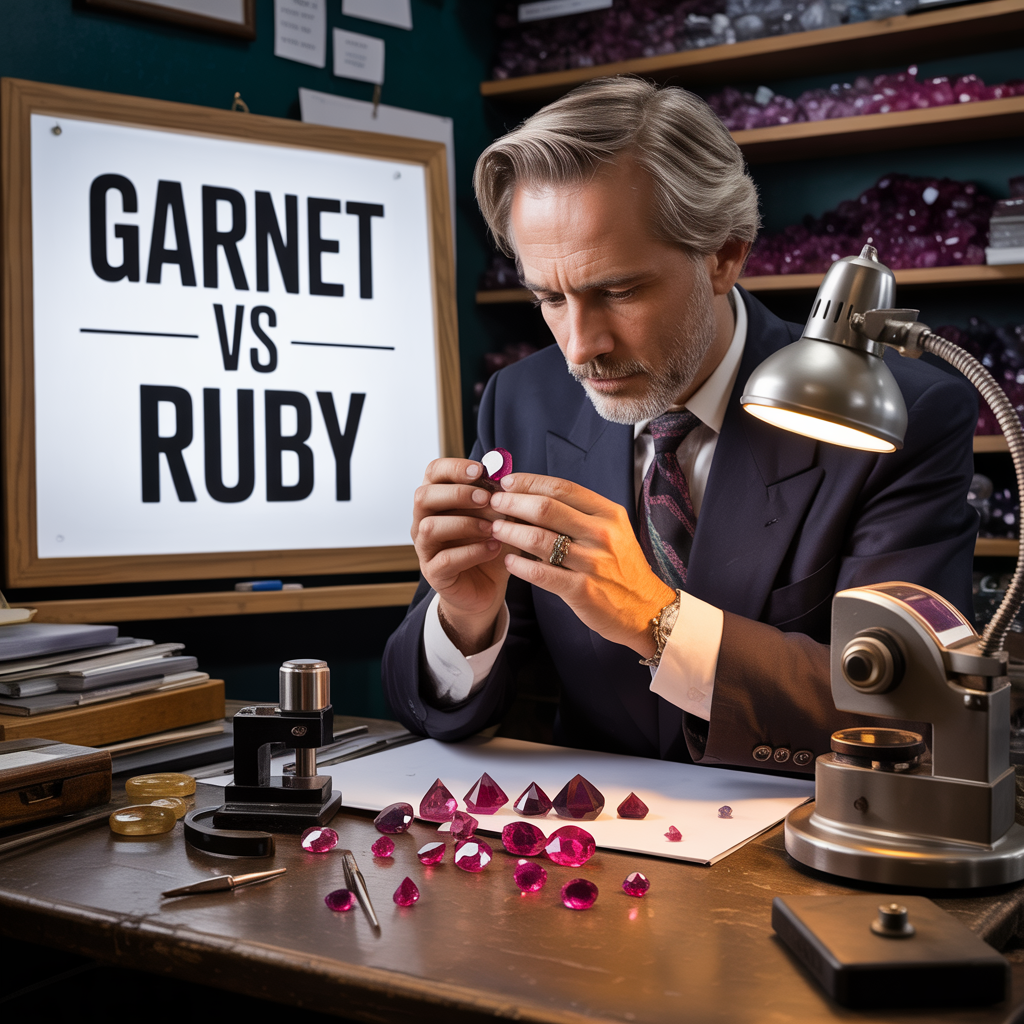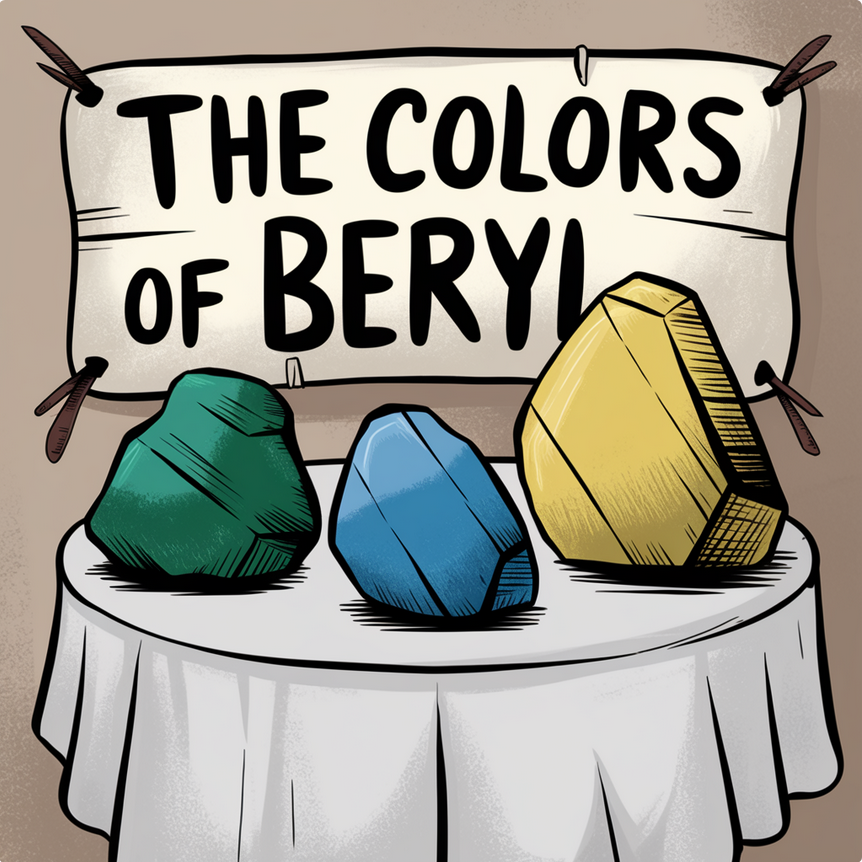10% OFF SITEWIDE + FREE 1-2 Day EXPRESS SHIPPING OVER $1000
10% OFF SITEWIDE + FREE 1-2 Day EXPRESS SHIPPING OVER $1000
Amethyst Gemstones
Ametrine Gemstones
Aquamarine Gems
Alexandrite Gems
Garnet Gems
Amethyst Gemstones
Ametrine Gemstones
Aquamarine Gems
Alexandrite Gems
Garnet Gems
Heat Treatment of Gems: Why It Is Done
by Jeff Moriarty October 01, 2018 8 Comments
What is Heat Treatment?
We attempt to let you know when a gem is treated. Heat treatment is the most common treatment and without heat treatment the availability of fine gems would be significantly less. With less gems prices would be dramatically higher only available to the rich. This is the reason untreated gems often command 30% to 50% higher prices. Sapphires, rubies, aquamarine, tanzanite, amethyst, citrine, blue topaz, blue zircon, tourmaline, and others are commonly treated with heat. The temperature and time required to alter color varies dramatically from 400 degrees Fahrenheit to 1300 degrees are commonly used to alter color.
Why Heat Treatment is Used
Heat treatment is most commonly used to alter color but is also used to increase clarity. Rubies and sapphire can require significantly higher temperature to alter color and change clarity. Heating is used to either lighten, darken or alter the color of a gem. Amethyst is heated to lighten its color. Heat a little more and some sources of amethyst will alter color from deep purple to orange colored citrine. Uraguay is a good example. Heat a little more and amethyst can go colorless or milky, neither of these are desirable. Tanzanite is heated to around 1000 degrees Fahrenheit. Tanzanite is a trichroic gem with blue, violet and yellow colors which in the rough appears as a color known in the trade as "diesel". If you look into a can of diesel fuel this is what fine tanzanite rough looks like, a brownish bluish red color. Upon heating the gem is left with the blue and violet we know as tanzanite. The yellow is permanently gone. I once had a discussion with Gordon Liddicoat, then President of the Gemological Institute of America, about his textbook for all gemological students, "The Handbook of Gemstone Identification". In his book he states that the gem tanzanite is tricroic. My position was and still is, that the rough tanzanite is trichroic but once tanzanite is heated the yellow disappears and it is now a dichroic gem, and it is the only way the public or jewelers have ever seen it. Dr. Liddicoat did not waiver from his position of tanzanite being trichroic.
Even More Information
I still don't know who is technically correct. Is heated tanzanite still tricroic even though only two colors blue and violet are seen in the dichroscope? Or is there a remnant of the third color even though it is invisible to the human eye. Would appreciate an answer to this question. Aqua heating is also removing the yellow component which gives natural aqua a green tint. After heating the gem is left without the green giving it a blue color of similar intensity. Green tourmaline is often heated to lighten color in over saturated gems, like those commonly seen in Brazil. Other tourmalines are heated to alter one of the dichroic colors. Sapphire is one of the few gems which the color can be darkened by heating as seen in Ceylon Sapphire. Grey silky material known as Geuda can be changed to blue by heating. Not only do the rutile needles that cause the cloudiness disappear, these needles are also the blue coloring agent , titanium, that now upon heating produces a blue clear gem sapphire. Ruby heating alters color and improves clarity. Many burmese rubies from Mong Shu have a blue core and heating alters the blue leaving fine red gems. The heating may also alter cracks in the ruby by formation of ruby in the cracks due to very high heating close to the melt temperature of aluminum oxide. Emerald, garnet, peridot, chrome tourmaline, opals, alexandrite, ametrine, heliodore, kunzite, zoltanite and most spinels are not typically heat treated. Heat treatment is a very risky process as many gems have inclusions that expand at a different rate and cause stress fractures, which then becomes an identifying characteristic of heated gems, particularly sapphire and ruby which can display halos around inclusions within the gem. The price adjustment for natural gems is based on our ability to identify the treatment which sometimes is quite difficult and beyond most jewelers abilities. Ruby is highly valued for being natural and can command more that 50% greater value than a similar treated gem. Unheated Sapphires command an estimated 30% premium over similar heated gems. Natural ruby and sapphires are more durable as they tend to have greater resistance to chipping. Other gems usually bring 10-20% higher value when of natural color.
Jeff Moriarty
Jeff Moriarty has been in the jewelry industry for almost 20 years. His family now only owns a retail jewelry store in Crown Point, Indiana, but he also travels the world with his father in search of rare gemstones.
8 Responses
LIZ
October 08, 2020
Thank you for explaining heat treatment. I also have heard that waxes or oils may be used to enhance some gems. Would you please talk about kind of gem treatment. Sincerely,
Charles Smythe
October 08, 2020
Thank you for providing one of the best commentaries on this subject that I have read. I have dabbled in the laboratory production of ruby and sapphire by high temperature crystallization with marginal success in my basement. I thoroughly enjoyed your article.
Cynthia Newman
October 08, 2020
I collect gemstones, crystals & rocks. I recently purchased a large heat treated ruby, which is possibly one of the two most beautiful stones I’ve ever seen. I have no qualms about wearing it or saying that it’s heat treated. The result speaks for itself!
Mary Ellen Tuttle
September 30, 2019
Thank you for explaing heat treatment. I’ve long wondered. I found your explanation on Google. I would like to purchase a beautiful blue Sapphire – my birthstone; untreated, minimum one carat. Likely couldn’t afford much more than a full plus a bit more than that. I want it in a pear, oval or square cut. Where can I do so and be able to trust that it is a natural Sapphire, please?
Nooruddin
September 30, 2019
Would you please provide gems heat treating companies or individual information
Min Lwin
October 08, 2020
I am intetested in heat tereatment machines for Gems. Especially for ruby and sapphire .
Virginia Smith
February 25, 2019
Interesting, informative, easy reading.
Leave a comment
Comments will be approved before showing up.
Also in Jewelry, Gemstones, News and Cool Stuff

Ruby vs. Garnet: How to Tell the Difference Between These Red Gemstones
by Jeff Moriarty July 17, 2025
Read More
The Truth About Gemstone Hardness and Durability: What High-End Buyers Need to Know
by Jeff Moriarty July 16, 2025
Read MoreSubscribe
Sign up to get the latest on sales, new releases and more …




Susie Johnson
October 08, 2020
Hello Jeff:
Is there anyone who heats gems in Atlanta?
Sincerely,
Susie Johnson